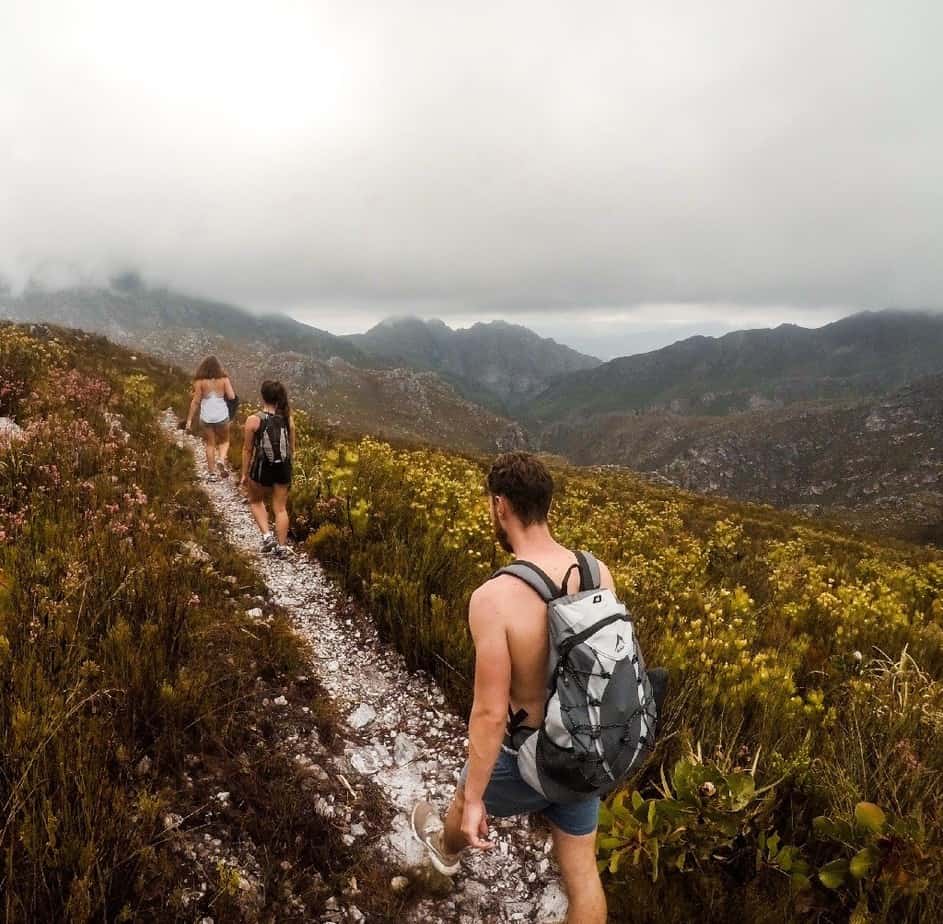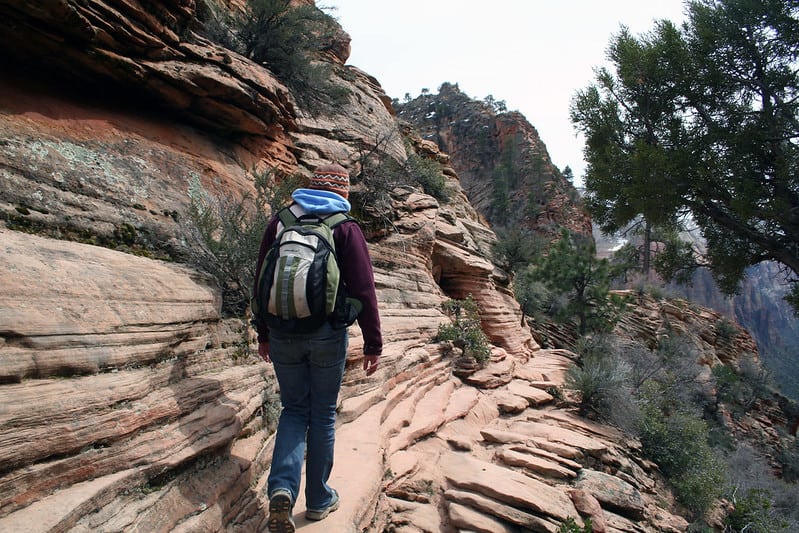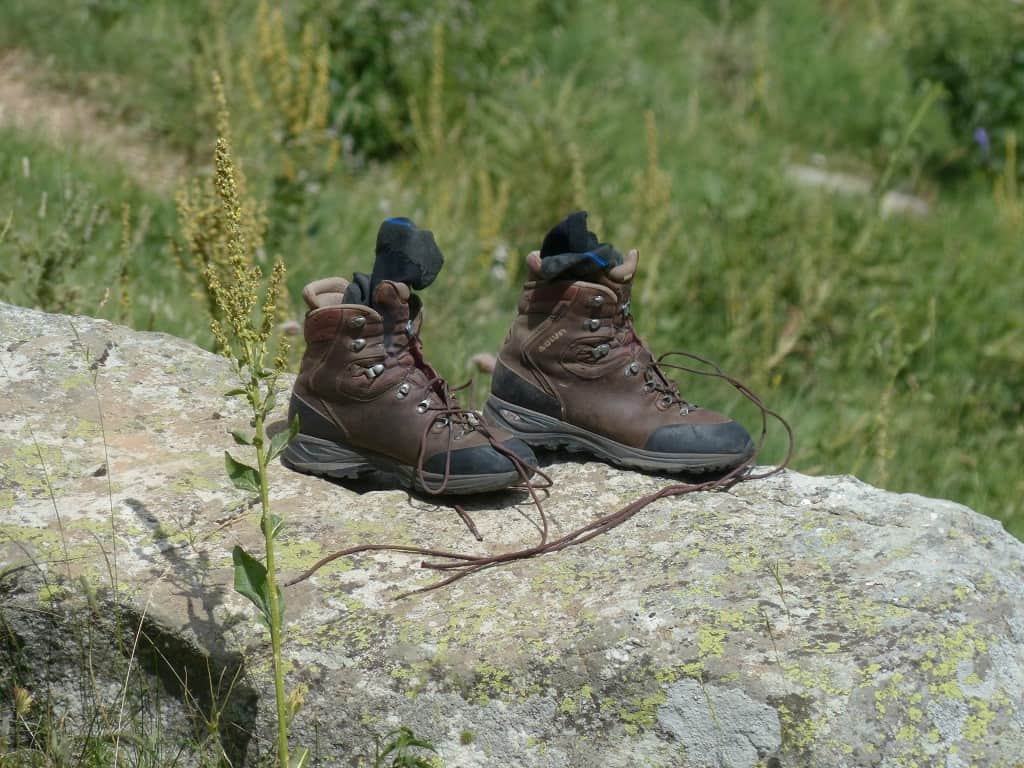Anyone who has ever gone for a hiking trip can attest to the fact that keeping a steady average hiking speed isn’t easy. You are likely to take breaks some extended than others, which significantly eats into the pace you are trying to keep. The most standard hiking pace is 2 MPH if you don’t like pushing it. But for the veterans, 3-4 MPH is considered an excellent average hiking speed.
I usually manage that high pace in most of my hiking trails. I consider 2 miles an hour to be too slow for me. However, there are some instances I find myself going at a slower pace.
How to Increase Your Average Hiking Speed
If you are wondering about how you can improve your hiking speed, then you are in the right place. There are a few things that I have discovered over the years that limit you, while others can help you achieve your goals. Whenever I want to achieve a high pace during my hiking, I do the following
Practicing and exercising before going for the hiking trip
You don’t just accomplish a good hiking pace with a flip of the switch. You have to train for it to get your body in optimal shape when you finally set out on the terrain. Even for hiking goats like me, we have to condition ourselves weeks or months before going for a hike.
My wife and I usually practice for two months before we set out to tackle different types of terrain. The best basic training for a weekend hiker is:
- Squats and lunges
- Crunches
- Running or walking in sand
- Push-ups
- Cardio
These exercises will help get your heart rate up and will also enable you to avoid injury when trekking. Since your body will be in optimal shape, you can withstand the change in altitude that comes with hiking.
For veteran hikers, the following exercises get us into the best condition for a rigorous and high-pace hike:
- Sumo squats to build our glutes
- For the hamstring, we do bird dogs exercises
- Calf raises to prepare our calves
- Push-ups and single-arm chest press for our chest
- Chin-ups to build the back
I recommend talking with your fitness trainer to help you with the right exercises to improve your endurance when hiking.
Choosing the Best Hiking Gear
The hiking gear you take with you or leave behind will increase or lower your average hiking speed accordingly. There is some gear you can carry that will add up to the total weight of the backpack, and this will slow you down.
You need to carry only the essentials that will add to the quality of the hike you want to achieve.
The most important things to consider include:
Trekking pole or hiking sticks
These are, by far, the most crucial piece of gear that helps my hiking pace. They protect the muscles and joints by distributing the weight of the backpack to your legs and arms. Therefore, you don’t strain your legs with too much pressure. They help improve your endurance and also saves your joints.
When I was a newbie in this hiking activity, I usually experienced knee pains when we took a break, and it got harder as the trekking progressed. The first time I used hiking sticks, the knee problems disappeared. Since then, I have carried them to each of my hikes, and I have been able to keep a good hiking pace ever since.
I usually use Foxelli carbon fiber trekking poles. They are lightweight, absorb shocks, and are also collapsible, which come in handy if you find steep terrain. You can find them on Amazon at very affordable prices.
Trekking shoes
Protecting your feet during hiking is also another aspect you need to consider. Hiking is a demanding undertaking, and depending on the terrain, your feet are sure to feel most of the pressure.
Therefore, going with appropriate trekking shoes will ensure you are comfortable during the hike. You don’t want to feel pebbles and stones as you trek as this can lead to injury. Also, the appropriate shoes ensure that you don’t twist your ankle on difficult terrains.
I usually wear Adidas outdoor Men’s Terrex Swift R2 GTX trekking shoes. They are durable, waterproof, and, most importantly, comfortable to wear on steep terrain. My wife has a Salomon Women’s hiking shoe that has a rubber sole offering exceptional comfort in the process.
Backpack
A bag or backpack is an essential hiking item that you must carry. You can pack essential items such as water bottles, sleeping bags, food, GPS, and other hiking necessities that are vital for your hike. That said, the choice of the bag also plays a huge role.
You want a bag that fits perfectly on your shoulders and makes it easy to reach the necessities like the water bottle. You don’t want to overwork and strain your joints as you reach into the side pockets. Overworking your back or shoulders will add to your fatigue, making it extremely difficult to keep up with the pace you are targeting.
For a day hike, you should keep the bag pack as light as possible, as this has a considerable effect on your average hiking speed.
What I avoid before and during the hiking day
Some things will significantly influence your chances of achieving your goal of increasing your hiking pace. It is better to prevent them months before the hike and crucially when you start hiking.
- Alcohol
- Cigarettes
- Pushing it too hard in training and on the terrain
Avoiding alcohol and cigarettes will give your body the best chance of preventing altitude sickness. Your lungs will also be able to withstand the reduced oxygen levels associated with high altitudes.
When you push it too hard, you are likely to experience burn out during your hiking trip. Take it easy one step at a time, and finally, you will be able to increase your pace.
Conclusion
The essential thing to remember that hiking doesn’t have to be an exercise where you punish your body. It is a fun activity that can foster bonds between you and your partner or group of loved ones. The more times you hike, the more you will get better at it. Following the above steps will give you every chance of increasing your average hiking speed.








Leave a Comment